
Remembering Hori Tribe
This digital exhibition celebrates the life of Hori Tribe (1877-1917), an employee of The Royal Parks who was killed in action during the First World War.
The exhibition uses Hori’s own words to tell his story, which took him from the peaceful greenhouses of Greenwich Park to the battlefields of war.
Who was Hori Tribe?
Hori Tribe was born on 14 February 1877 in East Meon, Hampshire. He was the fifth child of fourteen children. The name Hori is unusual - it has biblical origins and was passed down generations on his mother’s side of the family. Hori’s first son, known to the family as Sonny, was also officially named Hori.
In October 1900, Hori married Bessie Eva Williams. They had seven children between 1902 and 1913; their eldest daughter, Winifred Bessie, sadly died in infancy.
Hori and Bessie lived in Lee, near to Greenwich Park, where Hori worked as a propagator. In this role, he was responsible for growing plants. He worked at Greenwich Park until he left to serve in the First World War.
Hori signed up to join the Army Reserve in 1915 but wasn’t called up for training until late 1916. He was assigned the rank of Rifleman, which is equivalent to Private. In February 1917, he was sent to Salonika (a city also known as Thessaloniki) in Greece before being moved into Macedonia. He then became part of the Egyptian Expeditionary Force (EEF) in June 1917. Hori was killed in action on 8 December 1917.
Throughout his time away, Hori wrote regular letters back to Bessie and their children. This collection of letters still survives and has been transcribed by Hori’s great-granddaughter, Sarah Gooch, who co-curated this exhibition.
Hori’s letters offer us a snapshot of the challenging conditions he faced on the battlefield, also revealing his warmth as a husband and father. His love of nature features often in these letters, as does Hori’s work at Greenwich Park.
To explore these letters and discover Hori’s story, click on the themed sections below.
Discover Hori's Story
-
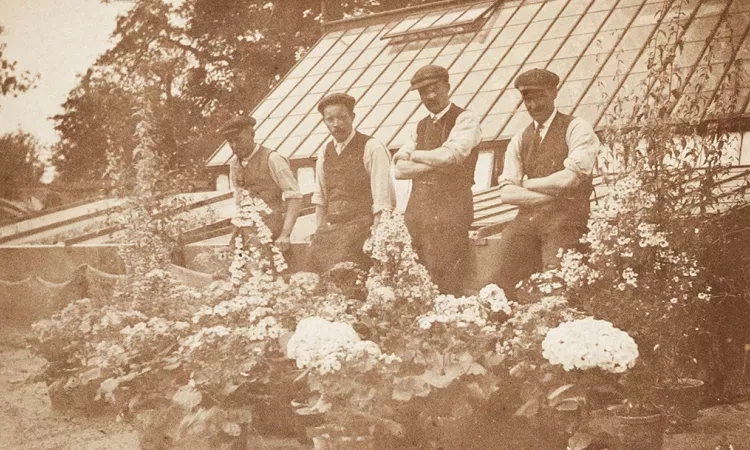
Hori and Greenwich Park
Discover the camaraderie and respect shared among Royal Parks staff during wartime.
-
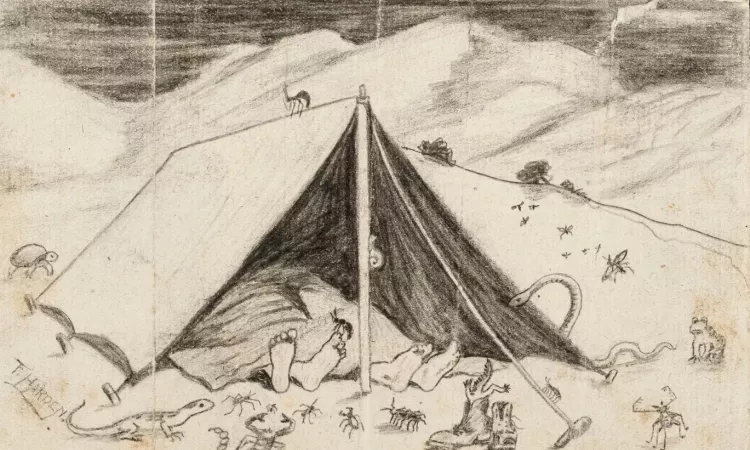
Hori and Nature
Hori's reflections on nature amid the backdrop of WWI.
-

Hori the Husband
Delve into heartfelt letters of a soldier's love, reassurance, and hopes for reunion with his family.
-
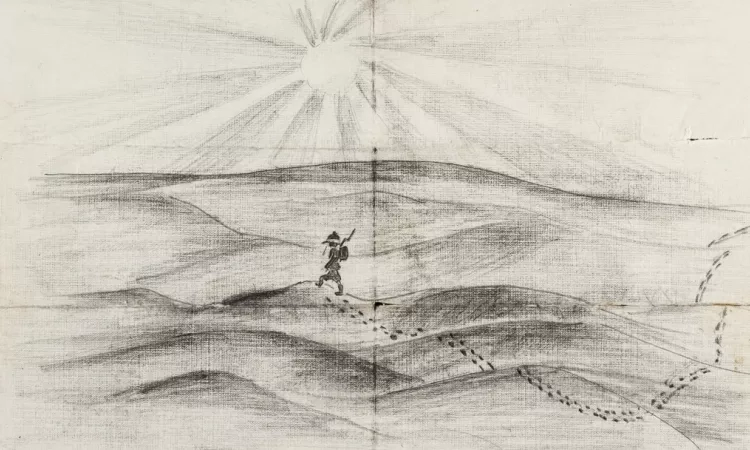
Hori the Father
Hori's heartfelt letters capture his love, advice, and longing to reunite with his children.
-
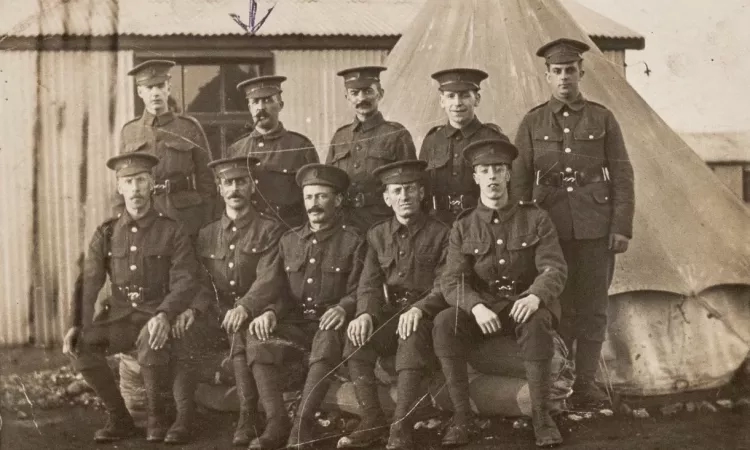
Hori the Soldier
Hori’s letters detailing the daily challenges of life on the front lines.
-
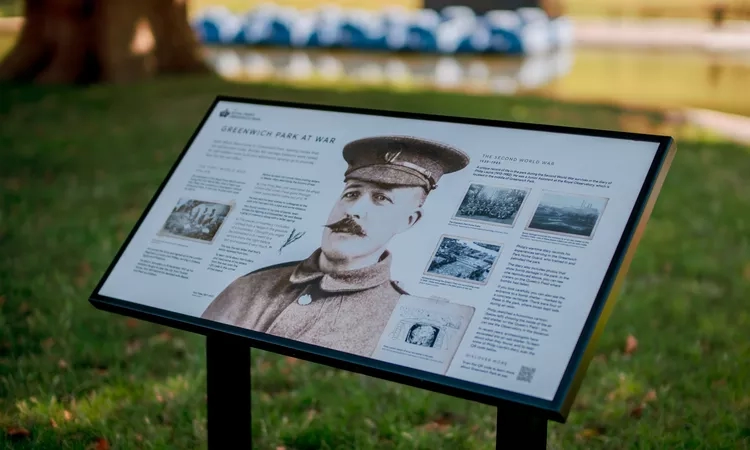
Hori's Legacy
See how The Royal Parks are honouring Hori's legacy.
Thank You
We would like to thank Hori Tribe’s great-granddaughter, Sarah Gooch, who co-curated this exhibition. Unless otherwise stated, all of the letters and photographs in this exhibition belong to Sarah who was kind enough to share them.
Our thanks, also, to David and Claire Ivison of The Royal Parks Guild for sharing their important research on Hori Tribe and other Royal Parks employees who died during the First World War.
If you have an ancestor who worked for The Royal Parks, or a family story about the Royal Parks at war, we’d love to hear from you. Please contact: digitalcomms@royalparks.org.uk.
Related Articles
-
 Read
ReadWomen of The Royal Parks
Women's History Month takes place each March, highlighting the contributions of women and their achievements.
-
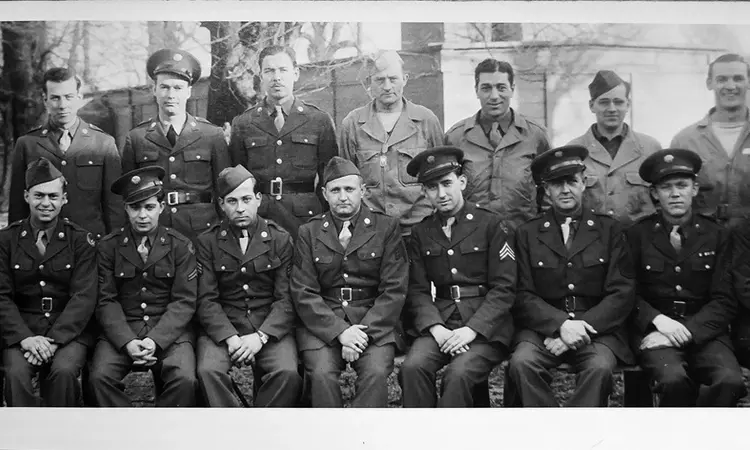 Read
ReadBushy Park's own 'Masters of the Air'
When you’re taking a walk through Bushy Park it can be hard to imagine that the park has a fascinating military past.
-
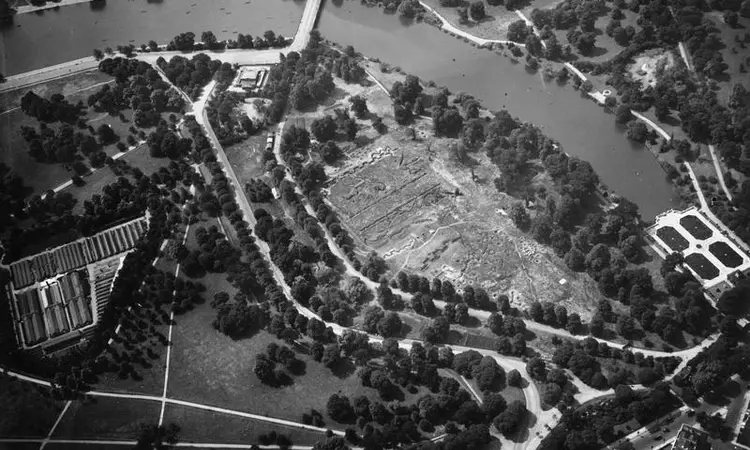 Read
ReadThe Camouflage School at Kensington Gardens
Following the start of the First World War, a school was founded in Kensington Gardens to develop camouflage techniques and patterns.